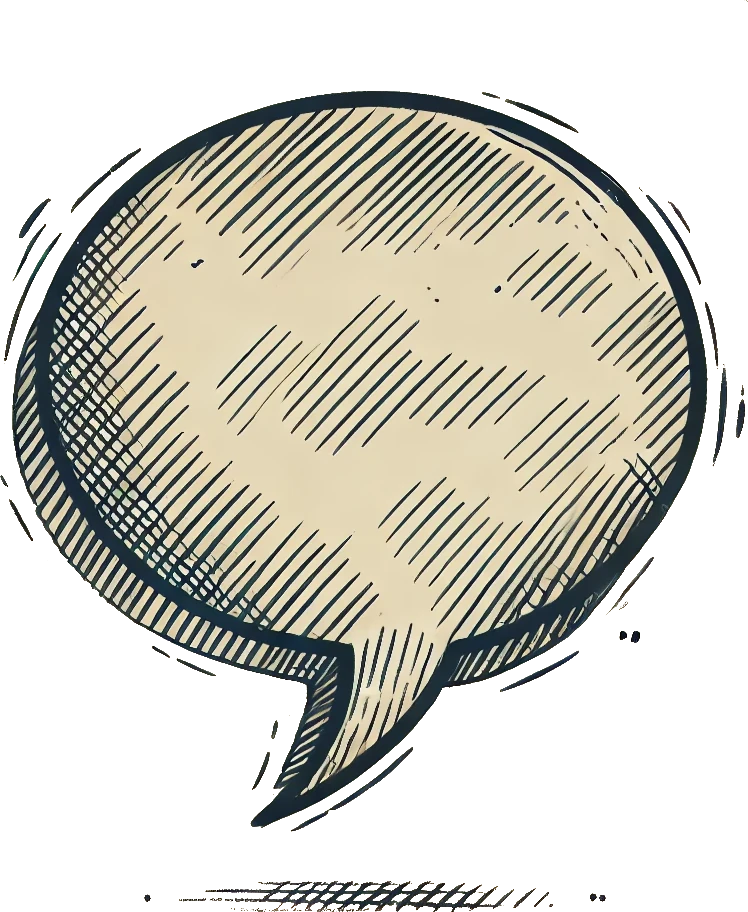Make your ideas take off

No term in editing is more misunderstood, and that’s because, at its core, “developmental editing” is a misnomer.
Why? A developmental editor rarely edits your words…at least not directly. The goal of a developmental edit is to provide pointed advice and a detailed critique to give the author a fresh perspective on how to improve their manuscript.
So why does this process have “editing” in the name? We agree—it probably shouldn’t. But hey, we didn’t invent the term.
That’s not to suggest that a developmental edit is unnecessary. This may be the single most important step you take before publishing. No other level of editing will affect the final product, reader enjoyment, or book sales as dramatically as a developmental edit. As a bonus, correcting structural issues now can save you time and editing costs later:
- Say your editor recommends removing an entire subplot because it doesn’t add to the manuscript in a meaningful way. Removing this content before a line edit will save you money later in the process.
- Similarly, if your editor suggests that you spend more time developing a character or exploring a theme, this can save revisions later on.
What does a developmental edit address?
Some authors shy away from getting a developmental edit because they’re worried about losing their voice and style, but this shouldn’t be a concern. The goal of a developmental edit is to point out issues with the book so that you can address them yourself. You have the final say, and if you disagree with the suggestions, your editor will be available to brainstorm alternative solutions.
Your developmental editor will pay attention to:
Clarity
Ambiguity
Tense
Structure
POV
Plot holes
Character motivation
Continuity
Pacing
Character development
Story arcs
Reader expectation
Use of dialogue
Presentation
Target audience
What is the result of a developmental edit?
At TypeRight, we cover the book from three perspectives: a general overview (the manuscript critique), a chapter-by-chapter summary, and pointed advice (via in-document comments).
In-document comments
As we go through the book, we’ll leave notes in the margins—some supportive, some critical. We’ll mark passages we like and flag segments that are problematic. If a character behaves irrationally, for example, we’ll highlight the text and leave a comment for you right where the problem is, making it easy for you to go through our comments and make changes.
The chapter-by-chapter summary
We will also summarize each chapter, focusing on the most memorable elements. Each chapter will be shortened to a single paragraph. When writing, it’s easy to focus too much on individual elements and forget the narrative as a whole, so the summary will help you see your narrative in a more outlined form. We’ll also provide our thoughts—good and bad—about each chapter, indicating what we see as the most important elements and the biggest issues.
The manuscript critique
The manuscript critique looks at the book as a whole. If we recommend large-scale changes—such as removing characters entirely, adding new ones, or altering the plot significantly—this is where we’ll do it. Think of this as an overview of all the issues we found, woven together to give you general guidance on how to proceed. We’ll also point out any systemic grammar errors so that you can polish those up yourself, saving yourself editing costs in the future.
When should you get a developmental edit?
Developmental editing should be the first step in the editing process. Some authors hire a developmental editor when they’ve taken the book as far as they can go, after self-revising multiple times. Others will send it over after they’ve thrown down a rough first draft so that the editor’s comments can guide them toward a final draft.
What do we need from you?
In any level of editing, but especially in developmental editing, the editor is really working for the reader. As such, you need to give your editor some context for the piece. Who is your audience? What genre are you trying to fit into? Maybe you don’t know who your audience is—or even your genre—and you just know you’ve got something good. That’s fine too. We can help you figure out where your work belongs.
What comes next?
Armed with your manuscript critique, chapter-by-chapter summary, and the pointed comments we provided, you can get to work tweaking, adding, moving, and removing material. If you have any questions about our suggestions, just ask and we’ll help you find a way forward.
When you’ve finalized the content and feel like any issues are resolved, you can send it in for another round of editing.
- If you’ve done a thorough job of self-editing, using the advice we gave in our manuscript critique, a copy edit might be all that is necessary, especially if you’re an experienced author and don’t want any input on style.
- If you’d like us to help improve your writing style, a line edit will allow us to make more substantial changes to improve reader enjoyment.
Regardless, some amount of editing is necessary after a developmental edit to catch errors and improve readability. If you’re not sure what level of editing you need next, contact your editor for advice.
Free sample editing
While we will happily provide you with a sample developmental edit, it is hard to portray its full purpose in only a few pages. Developmental editing focuses on the big picture—and that won’t happen in 1,000 words. If you send your document in for a sample developmental edit, we’ll focus on 1,000 words or so and give you as much pointed advice as we can.

